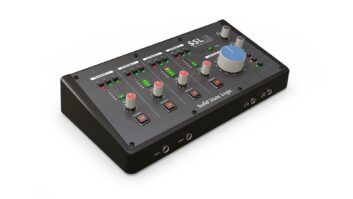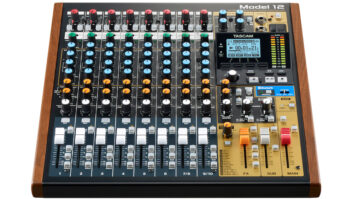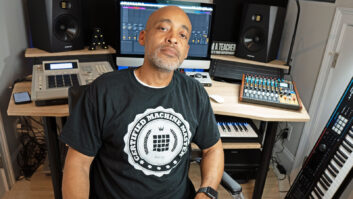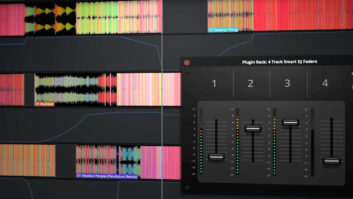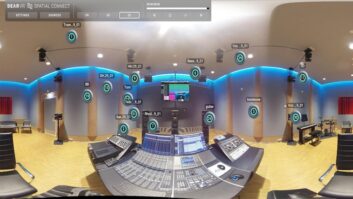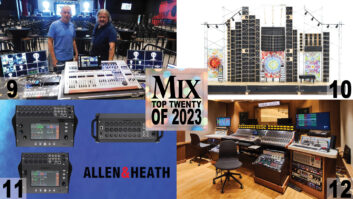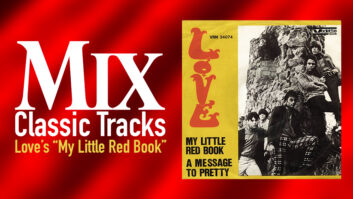Esperanza Spalding is something special in today’s music industry. She is a true independent artist, operating entirely on her own terms, from the creation of songs and sounds to the way she performs them and releases them to the world. Lately she has mused that she is moving away from the label of musician to…well, she’s not sure yet. But she is enjoying the journey.
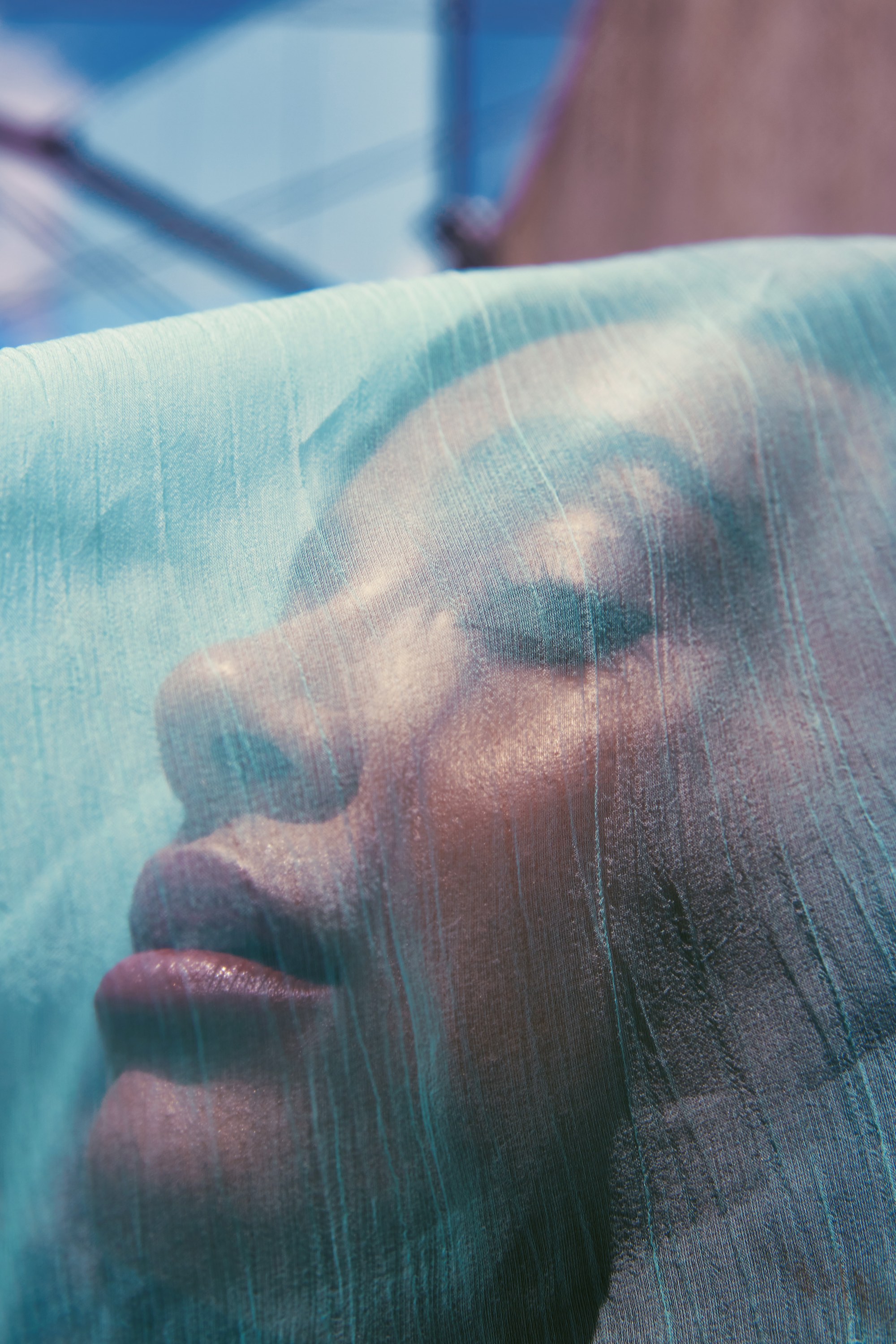
By the time she won her first Grammy Award for Best New Artist in 2011, surprising most mainstream viewers, she was already well into her self-propelled career. A Berklee College of Music graduate and veteran touring bassist by her early 20s, she had albums under her belt and was in the midst of exploring music and sound as it fit into her personal explorations surrounding jazz, pop, hip-hop, Portuguese, Latin, rock and world music. She won her second Grammy in 2013 for Best Jazz Vocal Album with Radio Music Society.
For 2017’s Exposure, Spalding conceived, wrote, recorded, mixed and released the project in 77 hours, live on Facebook. For her most recent release, the brilliant 12 Little Spells, she began releasing a song per day in October 2018, for 12 days, each day at 12:12 p.m. On November 19, she kicked off a 24-day, 12-show “12 Little Spells” Tour, from California to New York with stops in between. Mix caught opening night at the San Francisco Palace of Fine Arts.
The idea behind the 12 Little Spells album-performance project, as Spalding describes it, is to explore sound and music as a nurturing and healing property, with each song related to a different body part. She had been introduced to reiki a few years prior, and had begun to develop her own connections between mind, body and music. In concept, it sounds interesting; in performance, it is mesmerizing.
The show is a performance piece—simply staged, with a fluid, calming backdrop of projection and video, a sole cylindrical platform, graceful choreography and a three-piece band stage left. For the first ten songs, Spalding sings beautifully, then she grabs the stand-up bass, then an electric bass, while barefoot, and brings the show to a new level, integrating all of her musical talents and charms.
In the program guide, in keeping with the theatrical approach, Fernando Lodeiro is listed as audio engineer. He was there at rehearsal and he’s there at FOH (Mathew Scheiner is monitor engineer), and he recorded and mixed 12 Little Spells. He’s a fellow Berklee graduate, on the studio recording side. After 12 Little Spells, the album, Spalding asked him to come take care of her sound for the tour.
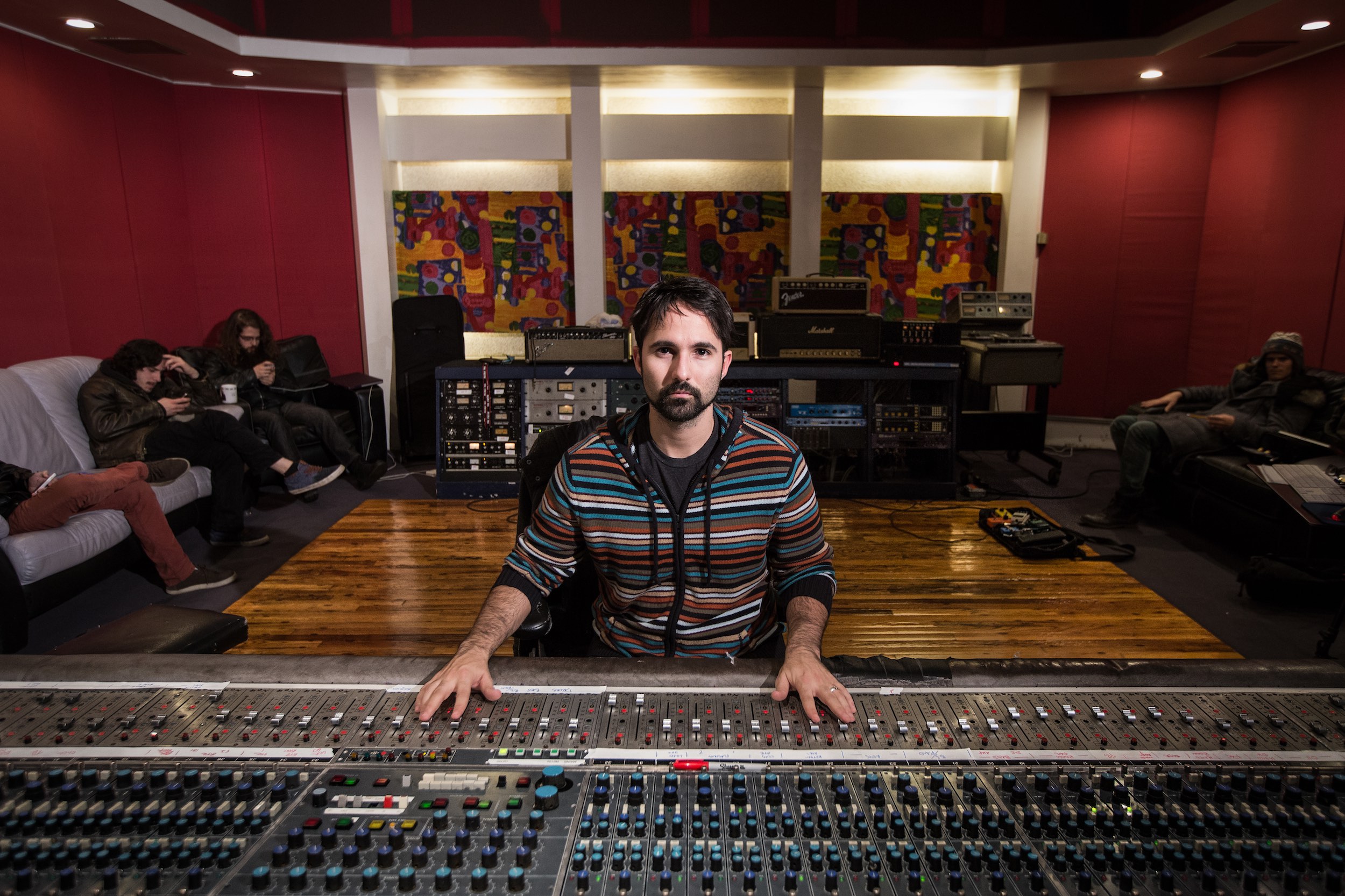
“I met Esperanza from the studio side, and we have a very good relationship; she trusts me,” Lodeiro says. “I was there for the whole record, recording and mixing, and I know every little detail within the songs. I have a bunch of effects set up to help treat and fill up the space of each song when we’re live. Most of the time I prefer to use substractive EQing instead of additive EQing.
“I do have different reverbs that I will put on her voice and delays for some of the drum parts, and things like that, depending on the song and the vibe that night,” he continues. “In fact, I started using my UAD Apollo duet on the shows as an insert in order to use some of the UAD reverbs on Esperanza’s vocals.
“But the most important part is that the band is playing with her and leaving the space for her. They know how to stay out of the way and when to give it everything. That’s the starting point for me.”
Matthew Stevens (guitar, vocals, bass) and Justin Tyson (drums, organ, synths, beats) have each worked with Spalding for years in the studio, and they formed the core duo for 12 Little Spells. For the touring part of the project, they were joined by Morgan Guerin on bass, saxophone, keyboard synths and vocals.
“On this show, obviously the drums are very important,” Lodeiro explains. “Justin has been so creative with his parts and is a driving force. Matt is an incredible guitar player, and everything that comes out of him…I don’t know how his brain thinks to come up with that balance. They have a great dynamic together.
“A very big moment in the show is when Esperanza goes and picks up the bass,” he adds. “She’s gone about ten and a half songs just singing, and then she goes and grabs the bass and it’s a big moment. Morgan is playing that sax solo and the band is digging in. At that point I still have to make sure that in the end it’s an Esperanza Spalding show! Whatever she is doing is up top and super clear. No one misses a note.”
Spalding sings into a Shure Beta 87 wireless mic, straight into the Yamaha CL5 console, where it’s touched with the Rupert Neve Designs Portico EQ and a small dab of compression. Lodeiro is carrying no outboard gear on the tour. He likes the sound of the CL5, and he likes its ease of use.
“She’s a very easy voice to work with because she just sounds beautiful,” Lodeiro says. “She’s smooth, she’s dynamic and she has a certain tone that gets right to your ear. It’s so close that it feels like it gets to me in a psychological way. I always have my finger on her vocal track, and I’m riding her through the whole show. She’s very dynamic. She might decide to sing something very soft and I have to be right on it so that it is cutting through. But mostly I just try to get out of the way and let it sound as natural as possible.”
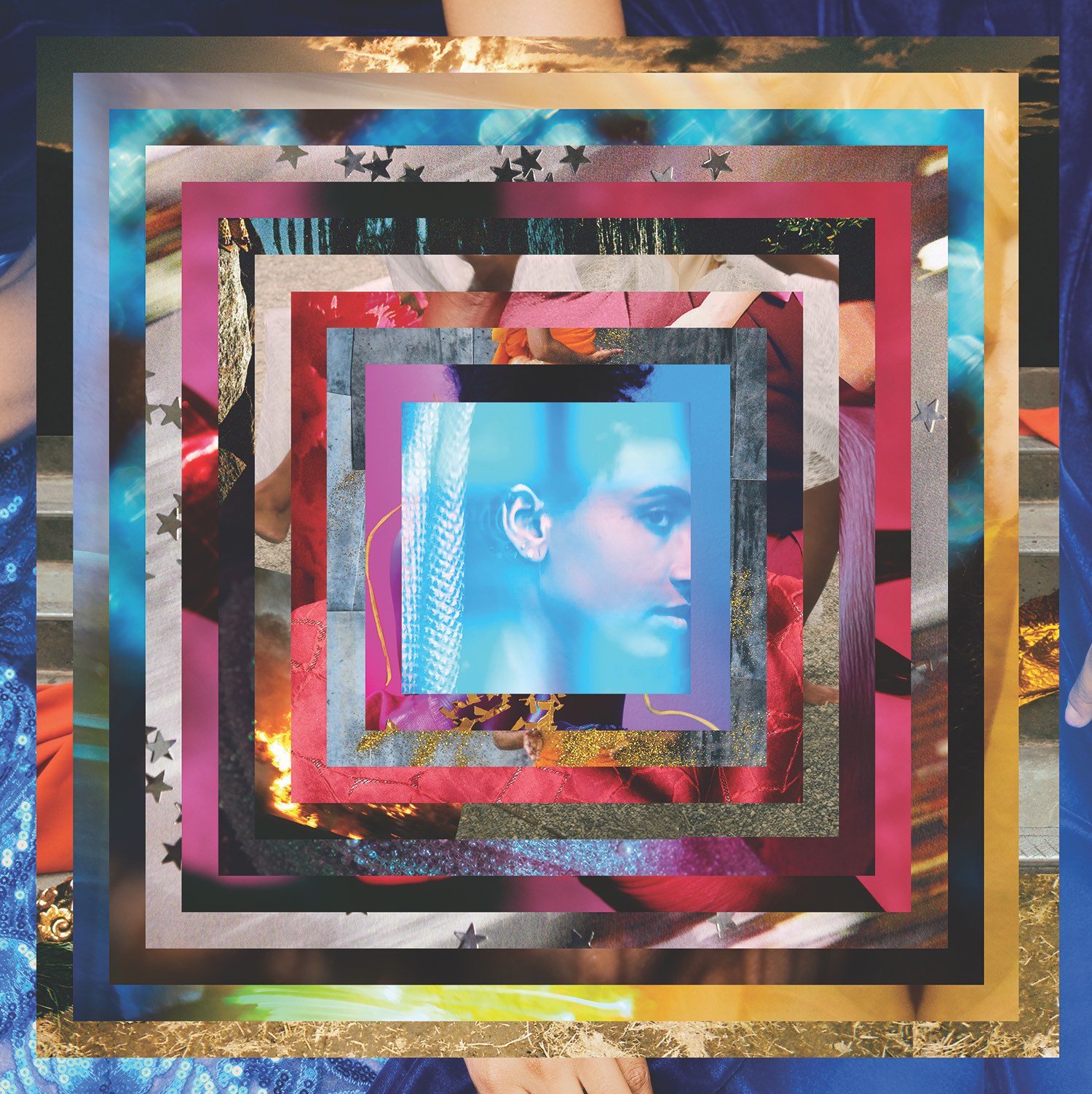
The miking setup is pretty thorough on stage for what amounts to a relatively intimate, yet powerful trio. Spalding’s upright Shen travel bass takes a Radial DI and DPA 4099, while her custom Southpaw electric bass with an Avalon U5 takes a Beyer M88; guitar takes a 421 and an M88; drums include Beta 52 on kick, both snare tops are SM57s, snare bottoms 441s, hi hat is SM81, floor tom is Audix D4 and rack tom is Audix D2. Overheads are 414s. Sax is a DPA 4099.
One of the main reasons for carrying the Yamaha CL5s at FOH and at monitors—besides the fact that Lodeiro was familiar with it after encountering it everywhere he went on a recent Kenny Garrett tour—is that all 12 shows were being recorded multitrack for “whatever might come out of it,” Lodeiro says.
Each night both Lodeiro and Scheiner at monitors would simultaneously record everything to Steinberg Nuendo Live 2 through a Dante soundcard. It was simple to set up, Lodeiro says, and it performed flawlessly throughout the tour. Never a hiccup.
The biggest challenge each night, he says, was simply arriving at a new theater every other night and having to learn a new room. They carried everything except for power and P.A., and despite the fact that these were all well-appointed theaters, as every touring engineer knows, every room is different. Those differences can be magnified when someone like Spalding shows up with an intimate, yet dynamic, musical performance.
“We start unloading the truck about noon—platform, lights, everything—and hope to be done by 4 p.m. when the band comes in,” Lodeiro laughs. “It’s a tight schedule, and there are only four of us for all the technical setup. But at all the venues so far the crews have been great. We unload fast, set up fast and it’s all labeled right.
“Once we have everything set up, I have a playlist of songs I know and walk around,” he continues. “I have the CL5 synched to my iPad and have a couple of graphic EQs for left and right, front fills the subs, and start EQing the room to get it closer to what I think it should be.
“There’s a lot of low-end information in this show, and that low end can be hard to manage in the response of the room. In soundcheck I try to see what Iow end can get together in this space, then I carve space around that for the drums, then the guitar. Everything tight without hyping anything too much. As natural as I can for the audience.”
